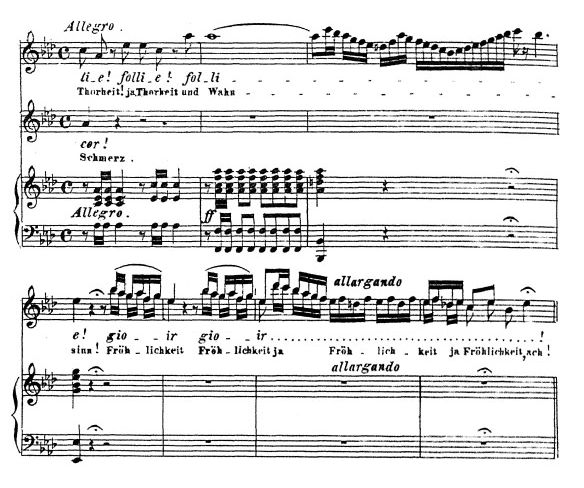
Singing In Your Falsetto Voice
One of the fundamentals of singing is learning how to sing in your “falsetto voice”.
Singing in your falsetto voice is experienced by the singer as the highest or upper part of the voice for men and the middle part of the voice for women. When this voice is activated and strengthened in a healthy manner, we have lightness, the ability to change pitch without force, and a flexibility that is never devoid of appropriate firmness.
At first, the falsetto voice may appear to be breathy, sometimes tight, too light and without power. However, as we develop this voice (which is really the stretcher muscle) and it begins to coordinate with the chest voice (closer muscle), then the cords not only begin to stretch and give us accurate pitch but to close and transform all of our breath and energy into sound waves.
Singing in your falsetto voice can be done or this voice can be accessed through:
- exercises that focus on the higher pitches for men and middle pitches for women (middle C to the C above that),
- a lessened volume but still with energy and moving air, and
- using the [oo] and [i] vowels primarily (secondarily the [e] and [oh], finally the [ah]).
When an exercise is constructed of these 3 elements, and the stretcher muscle is not angry or confused, then the muscle responds to the exercise in a more automatic way and we feel and hear the texture of sound commonly referred to as falsetto voice.
about the author
Allen Rascoe Allen has been enjoying singing since he was a little kid. He officially studied voice at ECU and USC. However, he ran... Read More

RECENT ARTICLES
-

Career Your Opportunities for a Fulfilling Career in Singing
-

Basic Skills, Beginners, Tips Tips To Improve Your Singing Voice
-

Exercises, Warmups 10 Vocal Warm-ups to Change the Way You Sing
-

Basic Skills, Beginners, Exercises, Songs, Voice Teachers, Warmups What is My Vocal Range – Identify, Master and Expand Your Range
RECENT IN KNOWLEDGE
Recent Topics
- Beginning Voice Lessons (1)
- Breathing Techniques (1)
- Confidence (1)
- Experienced Teacher (1)
- Kids Singing Lessons (1)
- Musical Career (1)
- Practice (1)
- Private Lessons (1)
- Professional Singer (2)
- Sing (1)
- Singing Teachers (2)
- Style (1)
- Teach Online (1)
- Vocal Exercises (1)
- Vocal Health (1)
- Vocal Music (1)
- Vocal Pitch (3)
- Vocal Range (4)
- Voice Coach (1)
- Voice Exercises (2)
- Voice Training (4)
- Young Vocalist (1)
Categories
- Basic Skills (7)
- Beginners (8)
- Career (2)
- CCM (1)
- Contemporary Commercial Music (1)
- Crossing Over (1)
- Exercises (2)
- Online Lessons (3)
- Online Voice Lessons (1)
- Songs (2)
- Students (6)
- Tips (4)
- Vocal Coaches (1)
- Voice Teachers (2)
- Warmups (2)
Testimonials

















